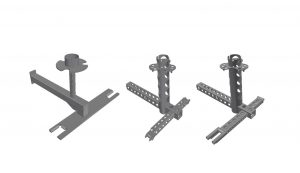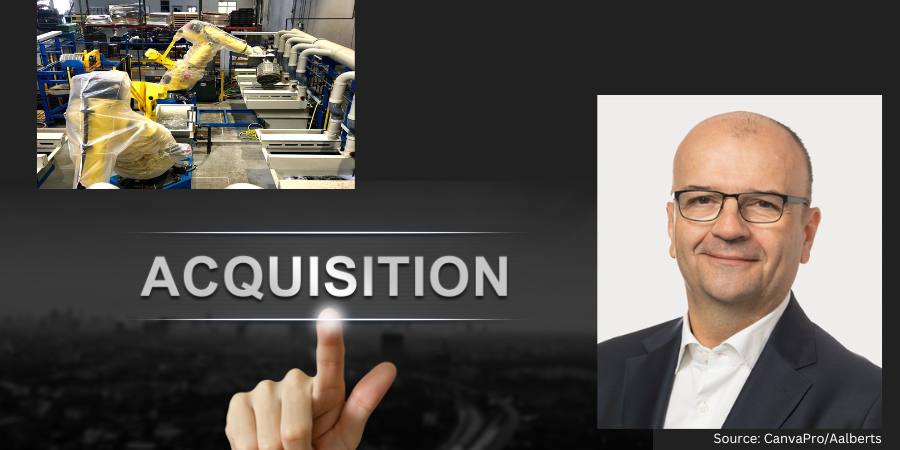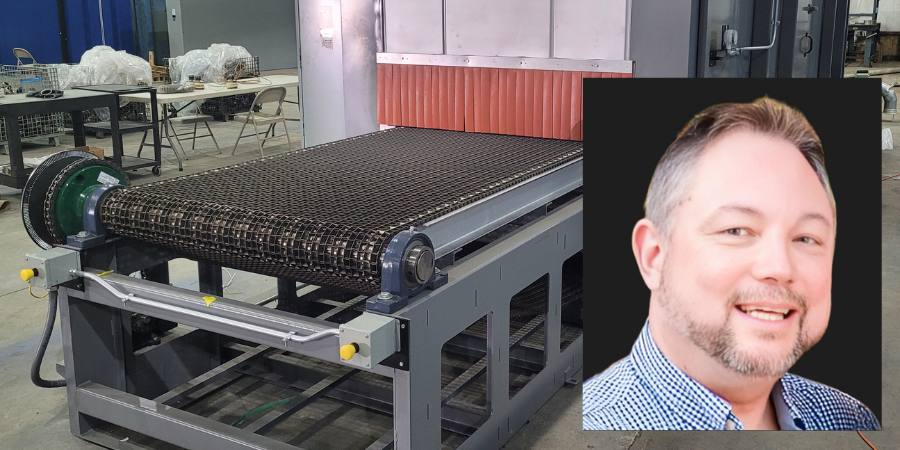Innovative product carrier concepts can save light metal foundries millions by massively reducing alignment work and energy costs while increasing throughput and process reliability.
Furnace builders often see product carriers as a necessary evil which is why the savings that can be achieved by using optimized carrier concepts are often underestimated. In contrast, StrikoWestofen, located in Gummersbach, Germany, pursues a holistic, process-oriented heat treatment approach in which the interplay of furnace system, quenching unit, and product carrier is fine-tuned.

Heat treatment is a complex multi-layered process in the manufacture of light metal castings and forgings. Its importance has increased in the past few years, particularly in the automotive industry. Today, heat treatment is applied not only to heavily stressed components such as engine parts or wheel rims, but also to safety-critical structural components found in body and chassis. Heat treatment aims to optimize material properties such as ductility, hardness, and tensile strength, as well as eliminating residual stresses. The process is carried out in three stages: solution annealing, quenching, and aging. Throughout all three stages, the treated parts are mounted on product carriers.
Product carriers are considered to be the starting point for the development of a heat treatment system at StrikoWestofen. Looking at the system holistically, they are at the very heart of any heat treatment process. “[O]ur team has completely redesigned the product carrier, built countless prototypes and carried out a large number of tests. The outcome is very promising,” said Rudi Riedel, manager of StrikoWestofen. The resulting modern product carriers are designed to realize considerable savings compared to conventional models. These savings result from reduced alignment work, increased throughput, improved process reliability and a remarkably low energy consumption.

Reduced alignment work
Heat treatment releases residual stresses which often lead to distortion of components. In order to match the tolerances specified by the end customer, any distortions must be reduced through manual or mechanical alignment work. The cost arising from this alignment work can be considerable, but it can be reduced by using optimized product carriers. The special design of the frame mountings ensures an even transfer of the heat to the component and its uniform cooling using water, air, or a mixture of air and water. Simulation, meticulous measuring, and sophisticated heat treatment tests help to ensure consistent quality and precise design of the product carriers.
Repeatable processes and increased plant capacity
Packing density and therefore throughput of the heat treatment system can be increased through fewer profiles and fixtures, which are also tailored to the component they are supporting. Modern additive manufacturing processes and precision measuring of each individual product carrier prior to delivery guarantee repeatability and stability of the heat treatment process. Instead of heavy frame profiles, StrikoWestofen relies on weight-reduced frames for its product carriers. This means less mass overall needs to be heated up and cooled down again, thus saving energy as well as dramatically reducing solution annealing and quenching times. Finally, the carriers are made from stainless steel instead of normal steel, preventing corrosion and surface rust and thereby increasing durability.
“Product carriers are an often underestimated but essential component of the heat treatment process. Innovative developments in this field make an important contribution to the reduction of the costs per casting and help our customers to maintain their competitive advantage in dynamic global markets,” noted Reidel.






